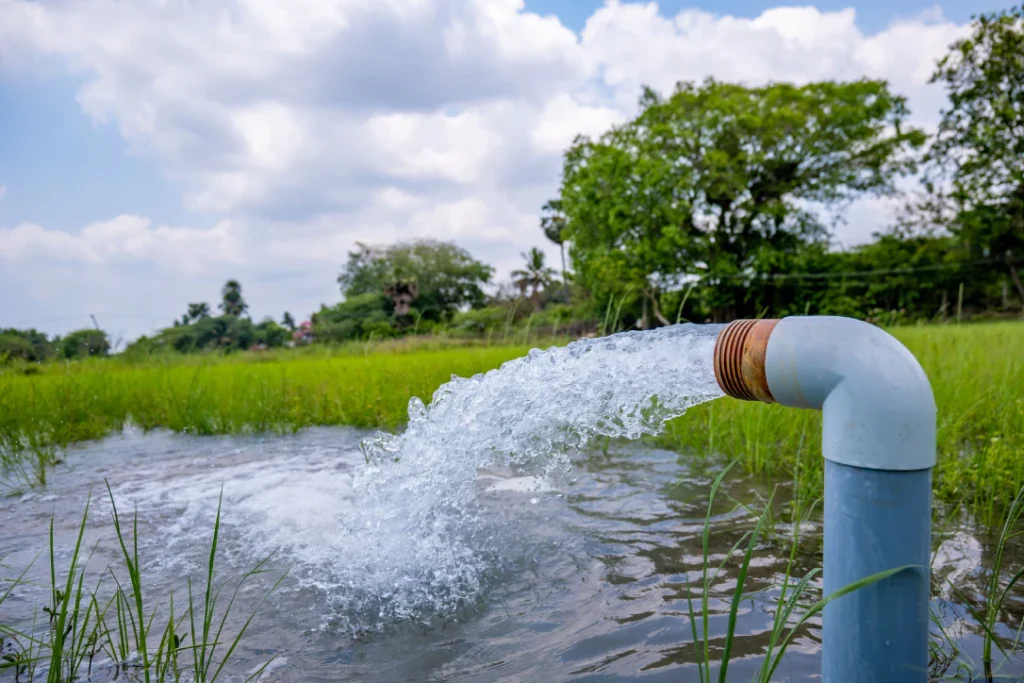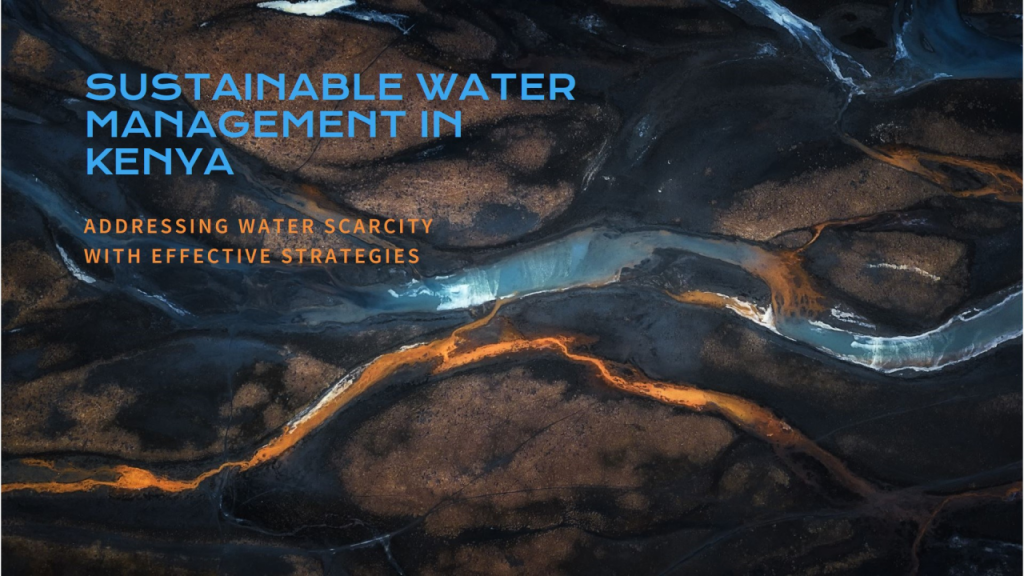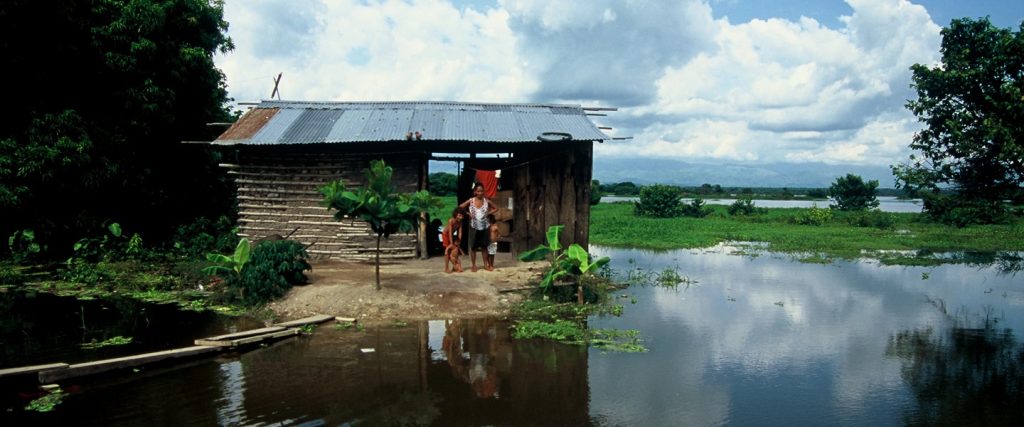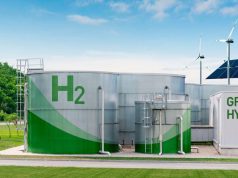Across the globe, food production consistently surpasses consumption needs. With high-yield agricultural technologies in place, we’re capable of feeding billions. Yet, paradoxically, hunger persists in many regions, not because food doesn’t exist, but because of failed systems that hinder its delivery and accessibility.
In Kenya, the issue of food security reflects more profound flaws in both water management and policy execution. Millions of acres remain uncultivated while floods ruin homes and droughts devastate harvests. The disconnect lies not in natural scarcity but in inadequate planning and infrastructure. This article explores how effective water resource management is the missing key to ensuring national food security and sustainable agriculture.
Understanding Global Food Surplus and Local Hunger
For decades, global agriculture has produced more food than needed, primarily due to innovations such as Norman Borlaug’s Green Revolution. However, access to this abundance remains limited by cost and logistics. Countries like Kenya struggle not because food is unavailable but because policies don’t prioritize efficient food distribution or procurement. Importing food is often hindered by lack of funds, while internal logistics fail to bring it to those in need.
The result? Starvation is not due to scarcity but due to systemic inefficiencies and poor resource allocation. Without strategic food policies, surplus food globally means little to those who go hungry locally.

Food Security in Kenya Remains a Challenge
Kenya’s food insecurity stems from factors beyond climate change and market volatility. The underlying cause is a lack of investment in infrastructure that could facilitate a consistent food supply, especially during dry seasons. Essential planning to stockpile or import food during shortages is often neglected.
Worse still, Kenya’s natural potential remains untapped. Fertile lands and available labor could revolutionize local agriculture through targeted support, training, and the provision of tools. However, the absence of a national commitment to harness these resources keeps the country vulnerable.
The Missed Opportunity in Irrigation and Agricultural Infrastructure
Kenya has vast tracts of arable land that remain idle due to a lack of sufficient irrigation infrastructure. Countries with less favorable climates have transformed their economies through irrigation-led agriculture. Meanwhile, Kenya continues to rely on rain-fed farming, making it highly vulnerable to erratic rainfall patterns.
Modern irrigation schemes could not only reduce food imports but also create jobs and stabilize food prices. Yet, the country lacks even one flagship irrigation project that functions at scale. This is not a result of natural limitations but of weak institutional planning and policy inertia.
Water Mismanagement and the Threat to Farmers
The irony of floods upstream and famine downstream reveals the extent of water mismanagement in Kenya. Massive hydroelectric dams, meant to regulate water supply and prevent floods, frequently fail to do so. Reports of farmers being evacuated due to flooding while other regions simultaneously suffer from drought paint a stark picture of disconnected planning.
Instead of utilizing rainy seasons to store and repurpose water through controlled irrigation systems, much of the excess simply flows away unused. This squanders a crucial opportunity to strengthen agriculture year-round and shield the nation from weather-dependent crises.

The Link Between Climate Change and Planning Failures
Climate change has introduced variability in weather patterns, with droughts and floods becoming increasingly common. These conditions demand proactive, not reactive, responses. Rainwater harvesting, sustainable dam management, and long-term irrigation investments are essential.
However, policies continue to treat climate-driven disasters as unforeseeable events rather than manageable outcomes. This mindset leads to emergency responses rather than preventative solutions, reinforcing cycles of food insecurity. By integrating climate considerations into infrastructure and agricultural planning, Kenya can move from crisis management to resilience building.
Redirecting Policy Toward Practical Agricultural Solutions
Solving food insecurity does not require reinventing agriculture; it requires addressing the root causes. It requires political will to prioritize budget allocations for food procurement and infrastructure development. With the right investment, Kenya could become self-sufficient in food production and potentially even become a net exporter of staple crops.
Policymakers must shift focus from short-term relief efforts to long-term strategies that include localized storage systems, better access to international food markets, and the development of irrigation networks. This shift could enable widespread agricultural productivity and reduce dependency on unpredictable rainfall.

FAQ’s
Why does Kenya experience food insecurity despite global food surpluses?
Kenya’s food insecurity stems from logistical and financial barriers, not global shortages. Poor planning and resource allocation prevents food access.
What is the role of irrigation in food security?
Irrigation enables consistent agricultural output, particularly during dry seasons, thereby reducing the food supply’s dependence on rainfall and increasing its stability.
How does water mismanagement contribute to hunger?
Inefficient use of rainwater and poorly managed dams lead to floods and droughts. This disrupts farming, causing both crop loss and food scarcity.
What impact has climate change had on Kenya’s agriculture?
Climate change has made rainfall unpredictable, increasing the need for resilient farming practices and adequate water storage systems.
What can be done to improve food distribution in Kenya?
Investments in transportation, storage, and local food markets can bridge the gap between food availability and accessibility, reducing hunger.
Conclusion
Kenya’s food insecurity is not caused by a lack of food, but by poor planning and mismanagement of resources. Despite global food surpluses and vast arable land, inefficiencies in water harvesting, irrigation infrastructure, and distribution systems continue to hinder progress. By investing in sustainable water management and modern agricultural practices, Kenya can unlock its full farming potential, reduce dependency on rainfall, and ensure year-round food production. With proper policies, no Kenyan should suffer from hunger in a food-abundant world.








